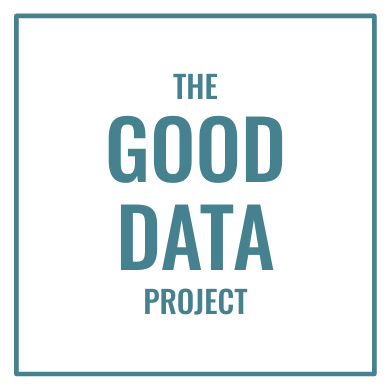Last month I examined how Sprinklr’s bar charts about the 2020 Olympics thoroughly violated the Golden Rule of Charts and Graphs. Justin Garrity, Sprinklr’s VP of Product Management and self-professed data visualization geek, agreed the company’s charts “need to improve” and asked for specific advice how to fix them. I thought I’d share his questions and my answers here:
1. Garrity: ‘First challenge, our sources involve dozens of different platforms and websites of public conversation. This includes Twitter, Facebook, Instagram, Reddit, Quora, and many more. How detailed should the sourcing be in your opinion?’
My response: ‘For source, what about "42 [or however many] social sites including [top 3-5 by volume]" (or "Social sites including [top 3-5] and others"? And I'd add a date range to that source. So maybe: "Top 42 social sites including Twitter, Facebook, Instagram, Reddit, and Quora, July 20-27, 2021.”’
2. Garrity: ‘The sourcing is also based on a query, like "Olympics OR #olympics OR #summerolympics" and so on. Would the query be of interest as part of the explanation?’
My response: ‘For base, what about "n=2.1m [or however many] posts about 'Olympics' and related keywords"?’
3. Garrity: ‘Our software defaults to include these labels and axis. In this project the numbers and axis were removed in the design process to shift the focus from volume by region to proportionate popularity by region. Would love any thoughts you have on this.’
My response: ‘For scales, I'd have used the same scale for all. So if you're counting just mentions (I'm still not clear on what data you're showing), and the top event in the biggest region got 1.8m posts that week, maybe make the x-axis scale for every region 2m.
‘If the top event in the smallest region only got .3m posts? Still put it on a scale of 2m. Readers would be able to see both the relative popularity of events within each region, and the relative number of Olympics posts between regions.
‘Then say what data you're displaying (posts, sentiment, likes?) and pop labels on each bar, and you've got a slide that shows a clear story and answers valid reader questions about the data they're seeing.’
I give Justin Garrity and Sprinklr credit for engaging on this topic. Unfortunately, Sprinklr hasn’t fixed its charts to address these problems. If and when they do, I’ll share the revised graphics.
What’s the best or worst data graphic you’ve seen lately? Let me know in the comments below, or on LinkedIn or Twitter.
Want good data delivered to your inbox? Subscribe here.

